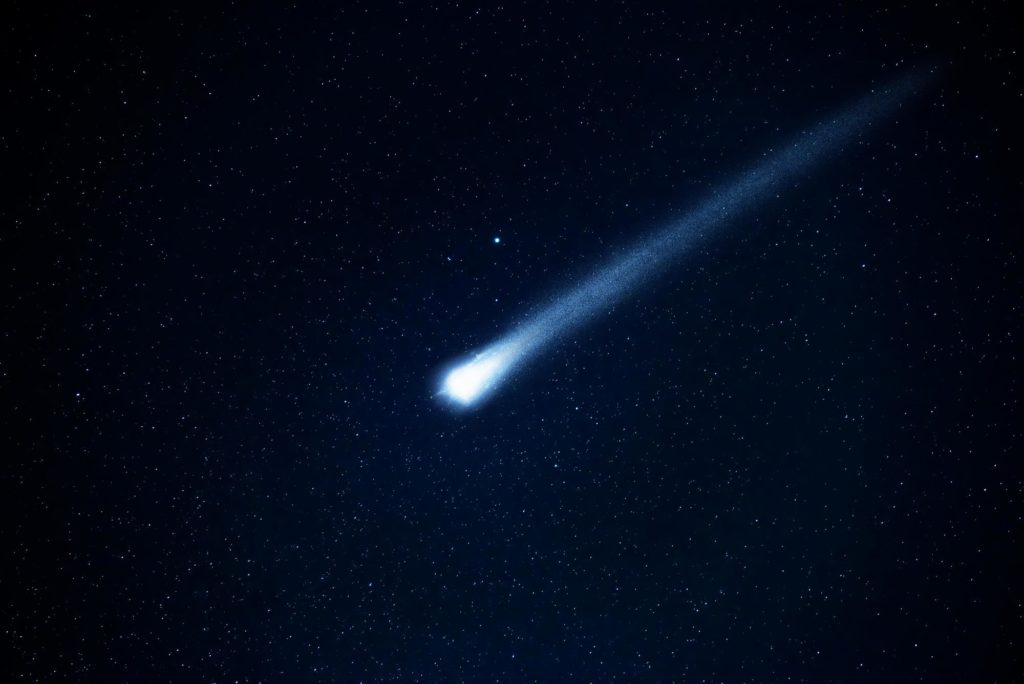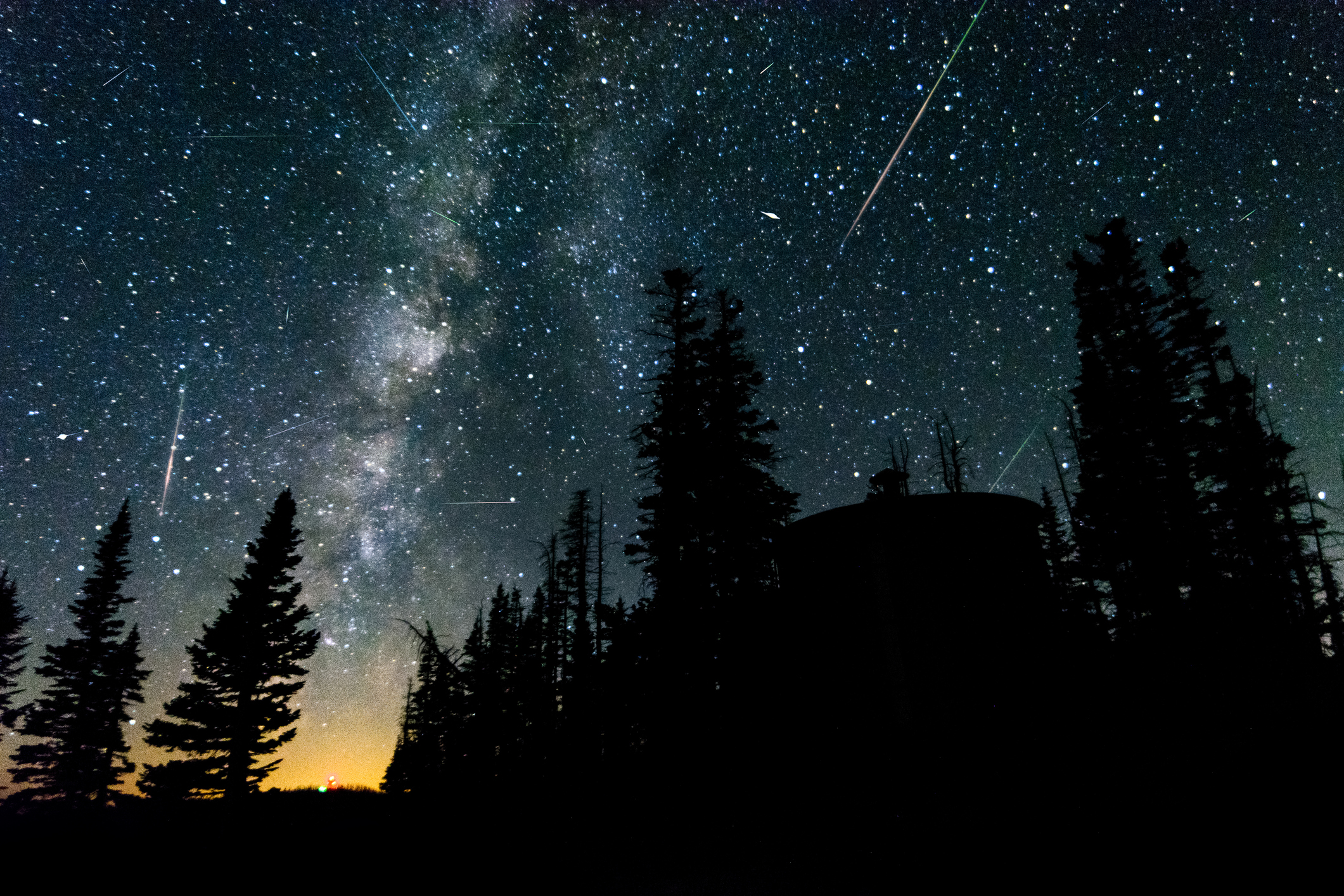Have you ever wanted to see a comet? Well, soon you may be able to when Comet 46P/Wirtanen becomes visible from Earth.
What is a comet?
A comet is a big lump of rock and ice that orbits around the sun. Being constantly bombarded with solar radiation causes the icy comets to sublimate (turn directly from solid into gas). This is what gives them their distinctive tails. Funnily enough, though you might think the tails are being left behind them as they fly through space, the tail of a comet always points away from the Sun, regardless of what direction the comet is moving.
Some comets are in stable orbits within our Solar System, while others pass through on their way from other stars. They are divided between short-period and long-period comets based on how long their orbits take. Some of the most famous comets are long-period, and only pass by once in a lifetime. 46P/Wirtanen has a period of only 5.4 years, though.

When can I see Comet 46P/Wirtanen?
This comet will make its closest approach to the Sun on December 12 of this year, and will be closest to Earth four days later on December 16. The closer a comet is to the Sun, the more radiation hits it, causing it to sublimate more, which makes it more visible. Since it will still be close to the Sun when it’s at its closest to Earth, it will have the highest possible visibility from Earth.
The visibility of objects is space in rated on a “magnitude” scale, where the smaller the number is, the brighter the object is. Astronomers are predicting that on the night of December 16, Comet 46P/Wirtanen will be somewhere between magnitude 6 (visible in dark areas, but near cities and other sources of light you’ll need binoculars) and magnitude 3 (visible with the naked eye even in light-polluted cities).
Look for it near the Pleiades and Hyades, star clusters in the constellation Taurus the bull. Taurus can be seen high in the southern sky in December.
